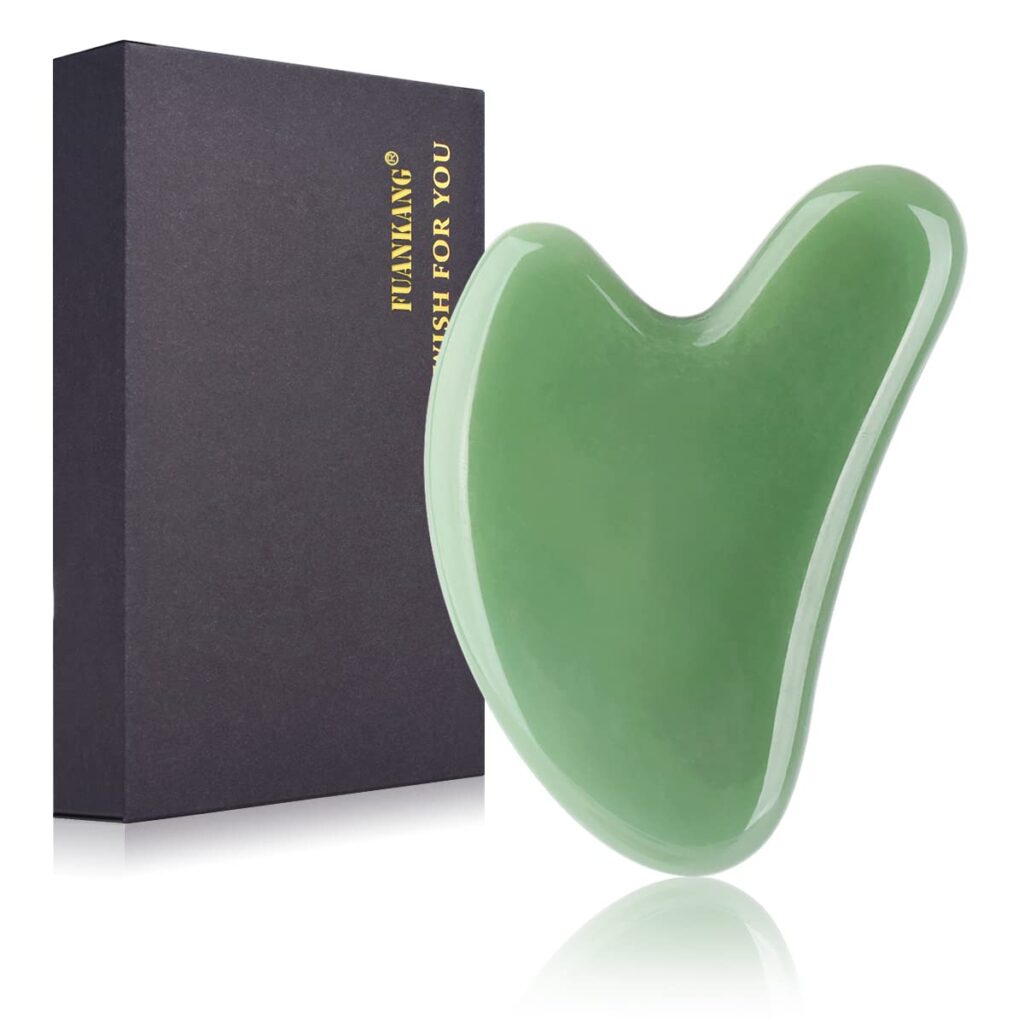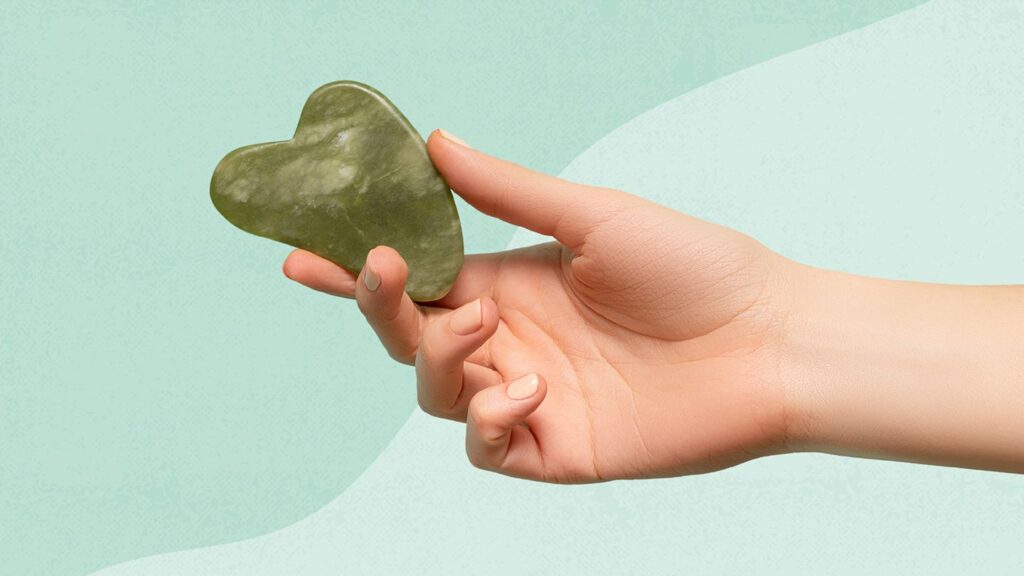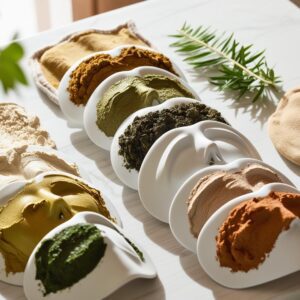Gua Sha: A Simple Guide to Toning Your Face

Gua sha is a traditional technique from East Asia that has been used for centuries to improve health and relieve pain. In recent years, it has become popular in skincare for its ability to tone and lift the face naturally. Here’s everything you need to know about how gua sha works and how it can enhance your skincare routine, especially when combined with face yoga.
What is Gua Sha?
Gua sha is a massage technique that involves gently scraping the skin with a smooth tool, usually made of jade or rose quartz. This process helps to improve blood circulation, release tension, and promote healing. While it was originally used on the body to treat pain and inflammation, gua sha is now commonly used on the face to enhance skin health and tone.


How Gua Sha Helps Tone the Face
When you use gua sha on your face, it offers several benefits that help keep your skin looking youthful and firm:
Boosts Blood Flow: The scraping motion increases blood circulation, which helps bring more oxygen and nutrients to your skin. This can give your complexion a healthy, glowing look.
Reduces Puffiness: Gua sha helps with lymphatic drainage, which means it removes toxins and excess fluids from the face. This can reduce puffiness, especially around the eyes and jawline.
Relaxes Facial Muscles: Regular gua sha massages can relax tense facial muscles, which can reduce the appearance of wrinkles and fine lines. Relaxed muscles give the face a more lifted and toned appearance.
Enhances Skincare: By using gua sha after applying your favorite serum or oil, you can help your skin absorb these products better, making them more effective.
Stimulates Collagen Production: Gua sha’s gentle scraping action may encourage your skin to produce more collagen, the protein that keeps skin firm and elastic.


How Gua Sha Works with Face Yoga
Face yoga involves exercises that strengthen and tone your facial muscles, similar to how regular yoga works for your body. When combined with gua sha, these two techniques can enhance each other’s benefits:
Prepares the Face for Exercise: Using gua sha before starting face yoga can warm up your facial muscles, making them more flexible and ready for the exercises.
Amplifies the Effects: While face yoga targets muscle strength, gua sha works on improving circulation and reducing puffiness. Together, they offer a more complete approach to toning your face.
Promotes Relaxation: Both gua sha and face yoga help you relax, which is great for reducing stress. Less stress means fewer breakouts and a more youthful appearance.
How to Use Gua Sha on Your Face
Pick the Right Tool: Gua sha tools are usually made from jade or rose quartz, but you can also find them in other materials. Choose one that feels comfortable in your hand.
Prepare Your Skin: Start with a clean face and apply a facial oil or serum to make the tool glide smoothly.
Start at the Neck: Begin by gently scraping your neck upward, moving from the base to your jawline.
Focus on the Jaw and Chin: Use upward strokes along your jawline and chin to help lift and tone these areas.
Work on the Cheeks and Eyes: Gently move the tool from the center of your face outward toward your temples, being extra gentle around your eyes.
Finish with the Forehead: Use upward strokes on your forehead to reduce tension and smooth the skin.
Repeat Often: Consistency is key! Regular gua sha sessions can give you the best results.
Tips for Best Results
Use Light Pressure: Be gentle with your strokes. Too much pressure can irritate the skin.
Clean Your Tool: Always clean your gua sha tool with mild soap and water after each use.
Stick with It: Regular practice will give you the best and long-lasting benefits.
Gua sha is a simple yet powerful way to tone your face and keep your skin looking healthy and youthful. When paired with face yoga, it provides a well-rounded approach to facial care. By using gua sha regularly and correctly, you can enjoy smoother, more radiant skin.








